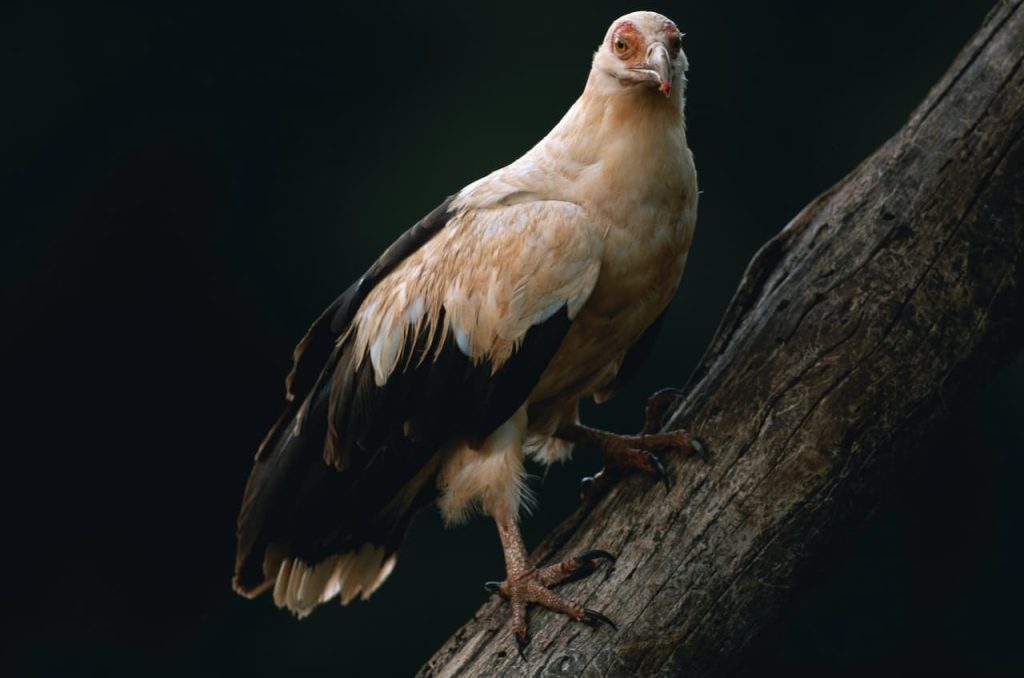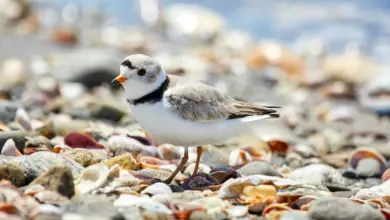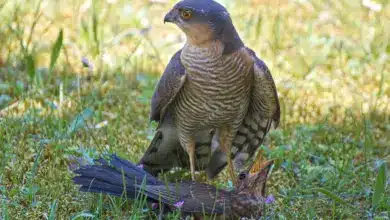Notwithstanding its name “the Palm-nut Vultures” it has been proposed that the Palm-nut Vulture might not be a vulture at all. Some authorities (Zimmerman et al) consider it to be a vulturine eagle. Lewis and Pomeroy place it with the vultures, while the Handbook of the Birds of the World suggests that the Palm-nut Vulture is a monotypic (one single species) genus – apparently intermediate between fish-eagles and vultures!|

The Palm-nut Vultures (Gypohierax angolensis) is a very large bird of prey in the family Accipitridae which also includes many other diurnal raptors such as kites, buzzards and harriers. It is the only member of the genus Gypohierax.
This bird is an Old World vulture, and is not related to the New World vultures which are in a separate family, Cathartidae.
Distribution / Range
It breeds in forest and savannah across sub-Saharan Africa, usually near water, its range coinciding with that of the Oil Palm.
Kosi Bay – a series of four interlinked lakes in the Maputuland area of KwaZulu-Natal, South Africa – boasts the largest population of Palmnut Vultures in the world.
It is quite approachable, like many African vultures, and can be seen near habitation, even on large hotel lawns in the tourist areas of countries like The Gambia.
Birds may form loose colonies.
Description
This is an unmistakable bird as an adult. Its plumage is all white except for black areas in its wings. It has a red patch around the eye.
The immature, which takes 5 years to mature, is brown with a yellow eye patch.
In flight this species resembles an eagle more than a typical vulture, and it can sustain flapping flight, so it does not depend on thermals.
Diet / Feeding
This vulture gets its name from its favorite food, which, unlike other vultures, is not meat, but – as its name suggests – the nut of the Raphia and Elaeis palm fruit.
When feeding on palm fruit, they hang upside down below the fruit, pull the palm nut off the tree with their beaks and then hold it in their feet to eat it.
They will also take invertebrates (i.e., insects), fish and carrion.
It will also take dead meat like most vultures.

Breeding / Nesting
A single egg is incubated in a bulky stick nest in a tree for about six weeks.
Copyright: Wikipedia. This article is licensed under the GNU Free Documentation License. It uses material from Wikipedia.org. Some information added by Avianweb .
Please Note: The articles or images on this page are the sole property of the authors or photographers. Please contact them directly with respect to any copyright or licensing questions. Thank you.




